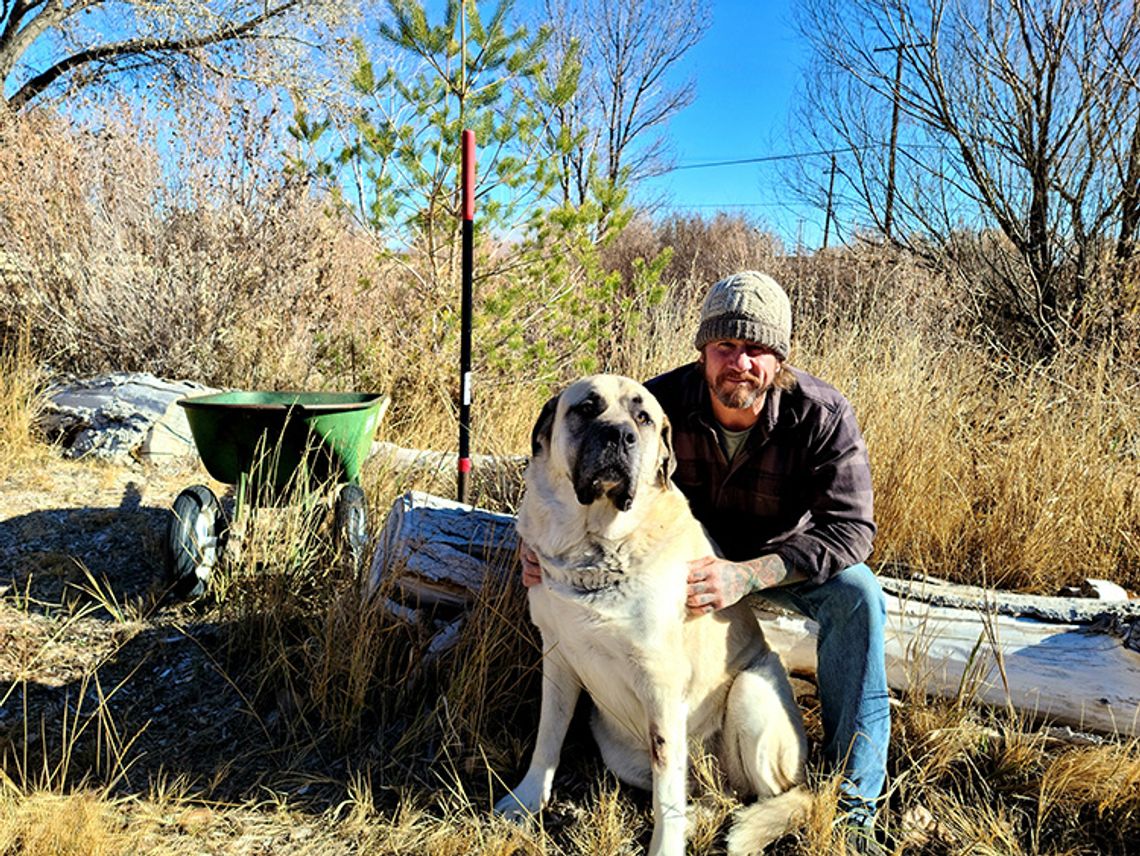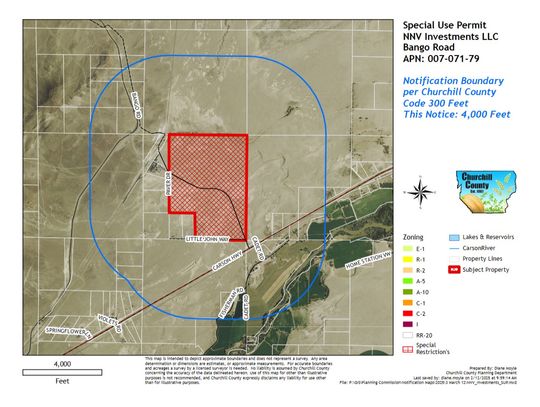Over the summer we had two large cottonwoods that had to come down, unfortunately. They were way too close to the front of our house and began failing years ago from the big drought we had. Probably because of that drought, our trees were weakened and Cytospora Canker, Bacterial Wetwood (slime flux), and probably more than a few borers set in. So far, I have yet to read about successful treatment for the canker of the flux. The take-home message is healthy trees are always the best defense. The guys at MD Tree surgery were absolutely professional and hard-working. I highly recommend them. We kept all the logs and wood chips from the job. We use chips all around the farm to keep our soil a little cooler and our weeds down. It decays slowly, adding organic matter to our sandy soil as it breaks down. Some studies show wood chip decay takes nitrogen from the soil. We don’t use it in our garden beds, just around them in pathways. We like to keep things a little wilder and rustic around our farm, so it fits the natural style. We figure why to travel to the forest to spend time in nature when we can do a mini version here on our farm.
One of our favorite ways to use up some of the giant logs we have is to create naturally raised beds. Using large untreated logs, you can create a more appealing and attractive environment for worms, beneficial bacterial, and microorganisms without the creosote in railroad ties or who knows what chemicals in tires. If you like the look, the price, or the recycling aspects of either of those consider growing only ornamentals or pollinator attractors in them. If you are set on ties, look for older ties in hopes the bulk of the chemicals have already been leached out. Large rocks also make a good alternative for those trying to keep things more natural or organic.
If you are up for some winter reading you might research, Hügelkultur beds. Adopted and loved by permaculture enthusiasts around the world, hügelkultur is a German/Eastern European traditional, no-till, mound gardening technique used for hundreds of years. It is an attempt to mimic the natural processes of the forest floor centering on decomposition and detritus adding nutrients to the mounded beds. Mounds are made up of layered logs on the bottom, followed by branches, leaves, and other plant debris. You can also use spent sod, grass clippings, old hay, and aged manure. The top, the exposed layer is usually compost and straw. Some experts advise against using walnut wood since it has allopathic tendencies (plants are amazing). Also avoid rot-resistant trees like cedars, black locust, or the osage I mentioned in a previous article. Given the extremely rootable nature of willows, I would be hesitant to add them either. If you can use softwoods, like cottonwood and apple.
Once completed the bed is left to rest several months before planting. Now, in theory, it is a good time to construct these types of beds to be “ready” in time for spring planting. Potatoes go in March 15, that date will be here before you know it. Potatoes, onions, squash are all good candidates for hügel planting. As an added bonus, Hügelkultur folks also say the layers hold water well and the decomposing layers warm the soil and create a mini microclimate. Like all raised beds, hügels are best used in areas of deficient or compacted soils. Our extreme winds in the late spring and summer might dry out very tall mounds, you might dig down a foot or so to start your bed. Be aware after a few seasons your bed will shrink some as the contents do their thing. You might have to refresh or rebuild your beds after several years as needed.










Comment
Comments